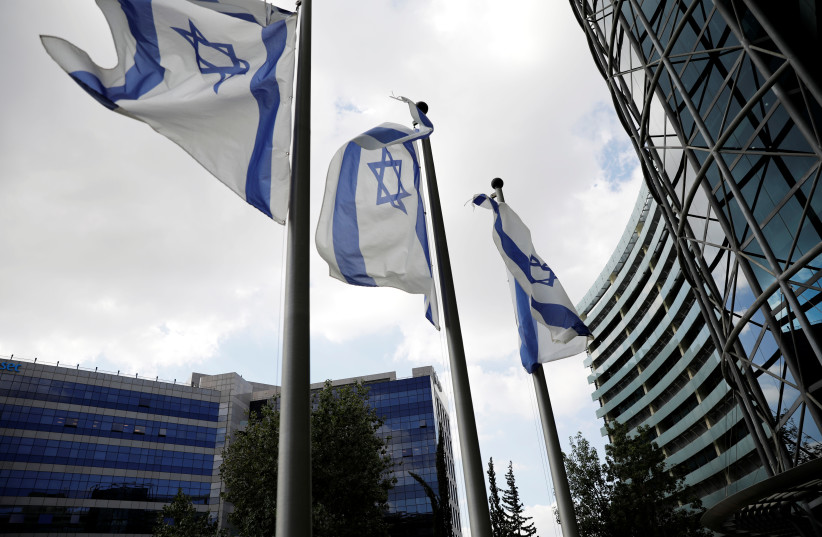Israel’s large and lengthy IDF reservists call-up, necessitated by the outbreak of the Israel-Hamas War, has had a significant impact on the country’s labor market, according to research from the Israel Democracy Institute and based on data from the Central Bureau of Statistics.
The scale of reserve duty seen during the Israel-Hamas War is unprecedented “at least in recent decades, and it constitutes a heavy burden on both reservists and employers,” said Sunday’s report.Between 2018 and October of 2023, less than 0.1% of working hours were lost to reserve duty, but in October of 2023, this skyrocketed to 5% of all working hours, the IDI said.Looking at the number of reservists absent from work between January and September of 2023, an average of 3,200 workers were missing in a typical month, usually for less than a week of reserve duty.
The amount of reserve service has decreased over the course of the war but has remained at much higher levels than pre-war levels, the IDI said.
In contrast, from October to December of 2023, an average of 130,000 workers per month were absent from work, and most were out for the entire month.The amount of reserve service has decreased over the course of the war but has remained at much higher levels than pre-war ones, according to the report.In June and July, around 34,000 people were absent from work each month due to reserve duty, and 1% of working hours were lost, with around 2% of men’s work hours lost to reserve service.This amounts to a loss of 1.16 million hours of work per month, said the IDI.It is hard to calculate the impact on the country’s economy through gross domestic product measures because reservists’ IDF salaries are included in the GDP, so public spending is “balancing out” some of the damage. However, it is possible to estimate the expected impact on business outputs, the IDI said.“A year of reserve duty at the level of 1% of work hours distributed uniformly throughout the business sector will likely cost NIS 7.9 billion, around 0.64% of business output,” the report said.
The IDI calculated that the average cost per reservist is NIS 45,000 per month. This is based on Finance Ministry calculations and adds up to a “considerable overall cost to the economy,” said the report.“In terms of the state budget alone, expenditure on compensation to reservists in 2023 reached NIS 8.2 billion, and in 2024 an additional almost NIS 4 billion has been budgeted (most likely, insufficiently).”
Impacts on households
Reserve service has significantly impacted the households of reservists, affecting the labor market through childcare, among other factors.The spouses of around 5% of non-haredi (ultra-Orthodox) Jewish women were in reserve duty at the end of 2023. This percentage has fallen to approximately 1.3% over the course of 2024, the IDI said.“This translates into more than 20,000 households in which one or both parents have been absent for several months, at an age when many couples are raising young children,” according to the report.“Efforts should be made to expand the share of the population that performs reserve duty,” the IDI concluded, saying that this could be done through encouraging volunteering for the IDF by Arab Israelis or by increasing the mandatory conscription for haredim.

